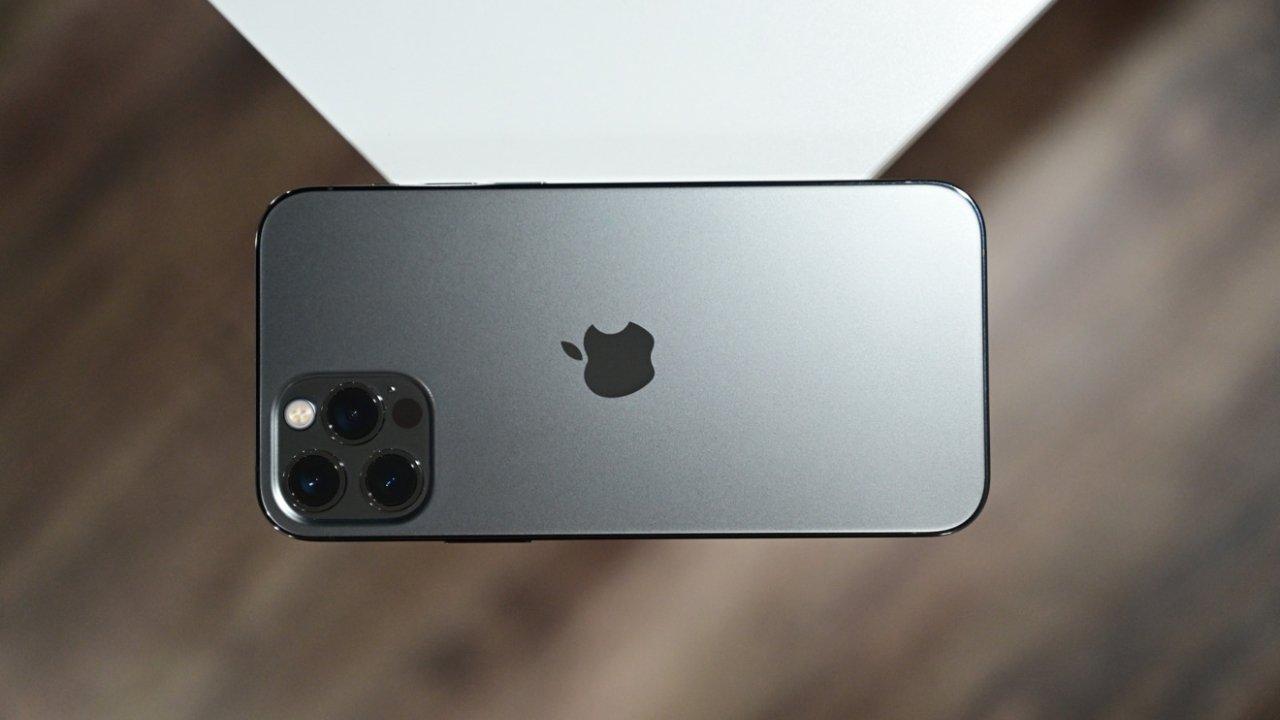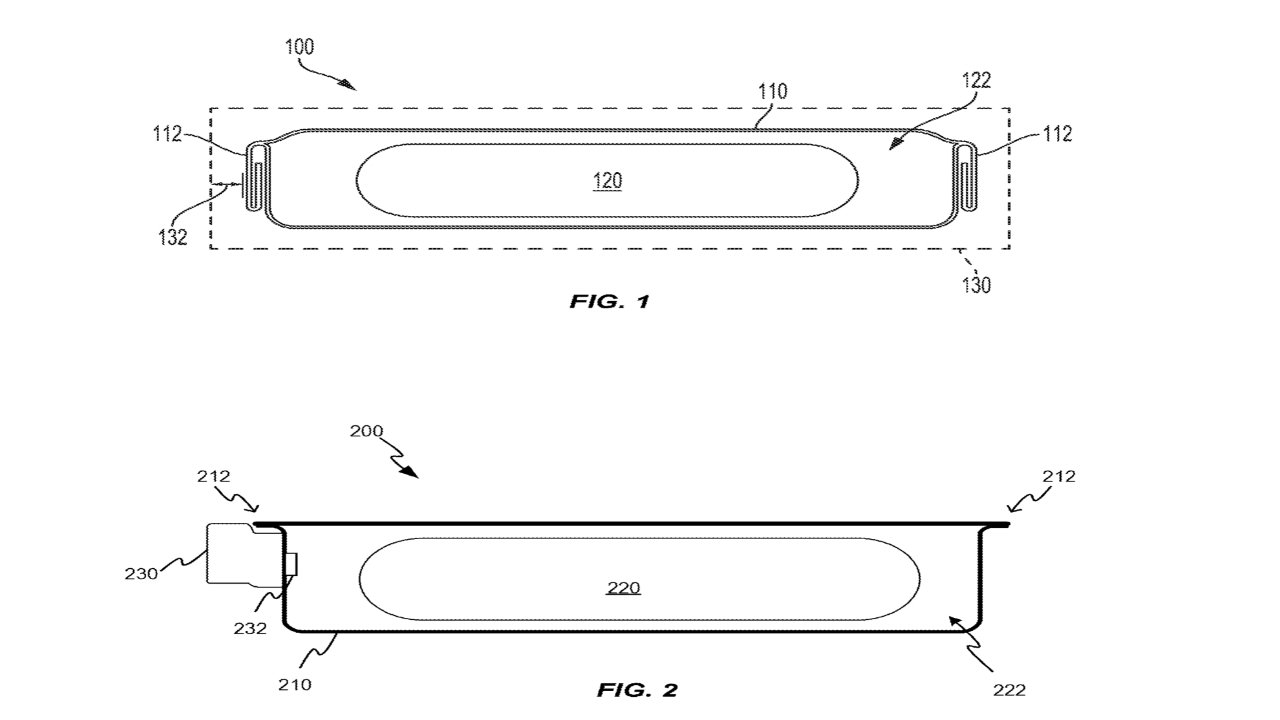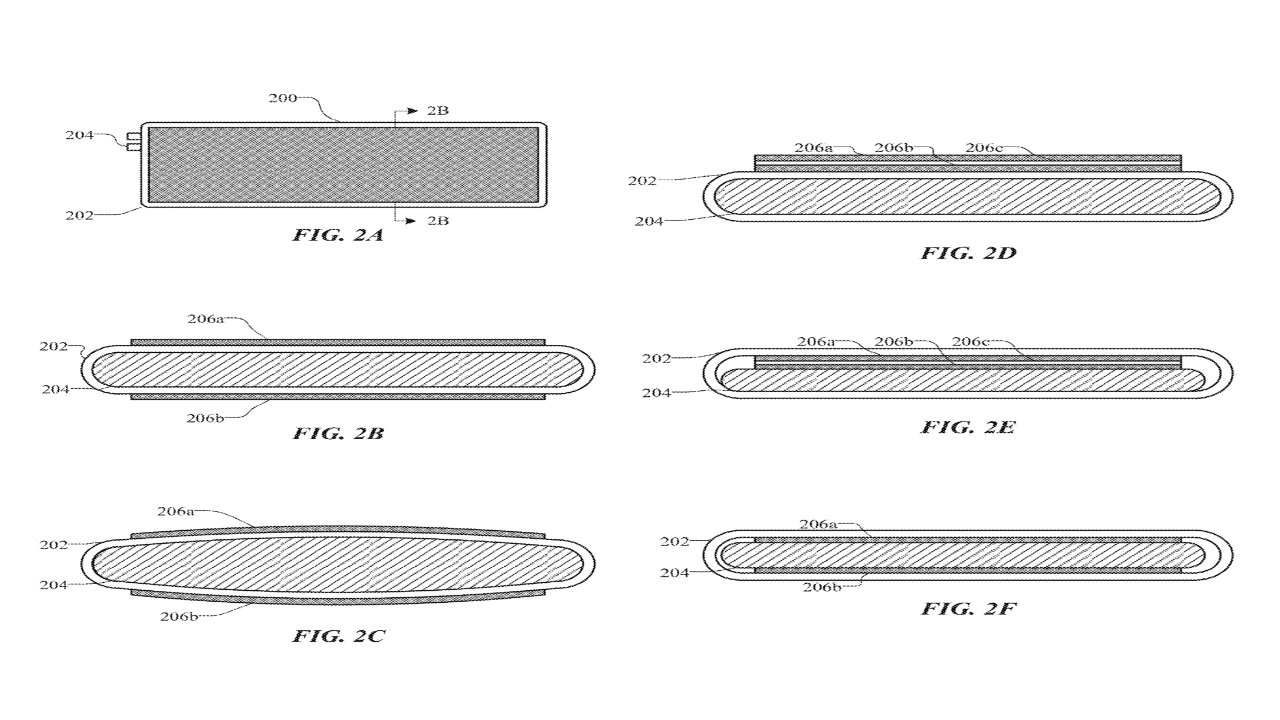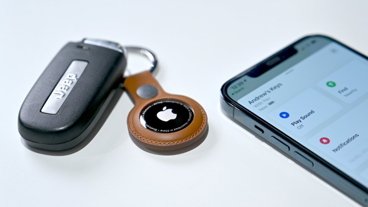Apple researching battery swell detection with internal sensors on iPhone
Apple is researching how to use new sensing methods to detect the early signs of a swelling battery, and how to not just tell the user that it's happening, but how to prevent it.
Apple filed two patents pertaining to battery technology that will reduce device size and allow the device to detect battery swelling. These technologies go hand-in-hand for creating ever-smaller devices while keeping them safe for the user.
Both of these patents are important for Apple's goal of achieving smaller devices that users carry or wear on a daily basis. For example, the battery casing was too small on the ill-fated Samsung Galaxy Note 7, which resulted in the eventual expansion and violent destruction of these devices. If Apple seeks to reduce the battery casing size, it also needs to account for possible battery swelling.
Even Apple's iPhone is not immune to battery expansion since it is a side-effect of the battery chemistry in lithium-ion. Detecting and preventing battery expansion, or at least warning users of an exhausted battery, would go a long way for user safety.
Small Metal Battery Casing
The first patent describes a system for positioning components internally surrounding a battery. This new system will allow for larger batteries in the device enclosure without damaging components.
Currently, batteries must be physically separated from the rest of the components since the external battery container may contain an electrical charge. This results in wasted space and a smaller battery.
The patent says that using a new system in which a metal shell is placed around the battery housing, then grounded, would allow for components to be packed closer to the battery. In some cases, components could come into contact with the metal shell and not be damaged.
The drawing represents the old battery container (figure 1) and the patent's new design (figure 2). The old battery had wasted space to separate components represented by the dotted line, the new battery's external casing can more safely touch components.
The patent lists seventeen inventors, several of which were previously credited with working on Apple WatchApple Watch technology. It was originally filed on May 26, 2020 and came to the attention of AppleInsider on March 11, 2021.
The second related patent describes multiple solutions to detecting and mitigating battery expansion. The need to determine if a battery is expanding is present regardless of the device, be it a car or smartphone.
Once an expansion has been detected a processor coupled to the sensor would determine how to slow expansion or prevent it. This would be accomplished by adjusting charge or discharge of the battery depending on the cause of expansion.
One detection method would use a capacitor to determine the physical distance between the battery case and the device case. If this distance shrinks, the capacitance will change and alert the battery processor.
Distance could be measured between several different surfaces like the internal and external battery casing using capacitance. The patent also describes using several different sensors that determine strain, acoustic resonance, photo interruption, contact, or pressure.
Regardless of the sensor used any change in the physical boundaries of the battery would result in triggering a sensor. This in turn would tell the battery processor to alter charge or discharge to extend battery life and mitigate swelling.
The patent lists twelve inventors and was originally filed on November 16, 2020, and came to the attention of AppleInsider on March 11, 2021.
Apple files numerous patent applications on a weekly basis. While the existence of a patent filing indicates areas of interest for Apple's research and development efforts, they do not guarantee the concepts will appear in a future product or service.
 Wesley Hilliard
Wesley Hilliard













 William Gallagher
William Gallagher
 Andrew Orr
Andrew Orr
 Sponsored Content
Sponsored Content
 Malcolm Owen
Malcolm Owen



 Mike Wuerthele
Mike Wuerthele







